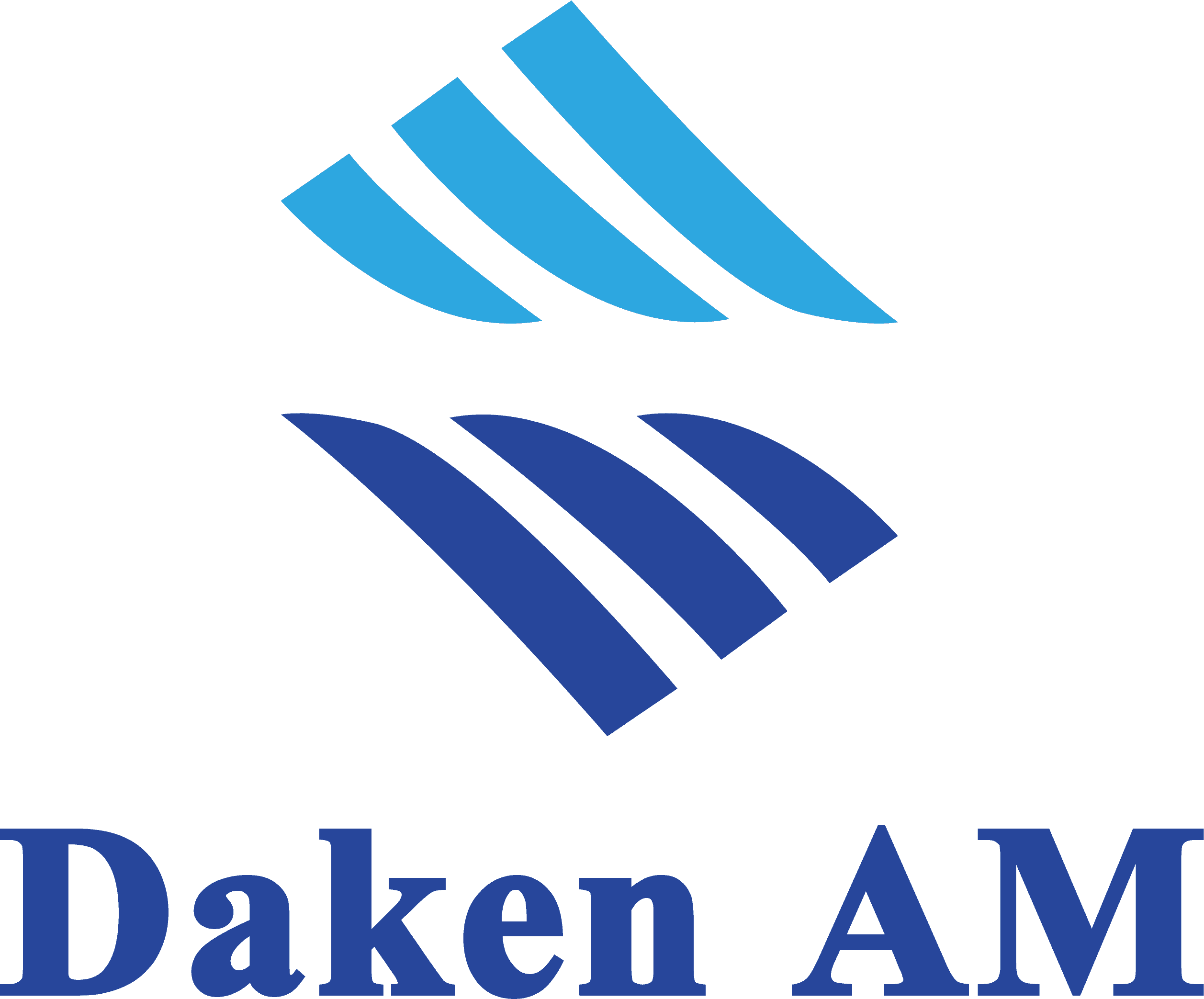| Shanghai Daken Advanced Materials Co.,Ltd | |
|---|---|
| Country: | China |
| Tel: | +8637166670886 |
| E-mail: | info@dakenam.com |
| QQ: | 1690700875 |
| Skype: | Chat Now! |
The Role of Sentinel Lymph Node Biopsy and Lymphatic Tracers in Cancer Surgery
Release time: 2024-11-18
Malignant tumors pose a severe threat to human health, with approximately 8 million new cancer cases diagnosed globally each year. According to a report by the World Health Organization’s International Agency for Research on Cancer, the global cancer incidence rate is expected to increase by 50% by 2020, potentially reaching 15 million new cases annually. Sentinel lymph nodes (SLNs) are the first lymph nodes to receive drainage from a tumor site, making them the primary indicators of cancer spread. If the SLN is free of metastasis, the likelihood of other lymph nodes being affected is low, allowing surgeons to limit the scope of lymph node removal. Conversely, if the SLN is positive for metastasis, a more extensive surgical approach may be required due to potential cancer spread.
Importance of Sentinel Lymph Node Biopsy (SLNB)
Sentinel lymph node biopsy (SLNB) allows surgeons to determine whether cancer has spread to lymph nodes. Using minimally invasive techniques, SLNB identifies and removes only the SLNs for examination, sparing patients from more extensive surgery and associated discomfort. Accurate SLNB is crucial for staging cancer and creating a treatment plan. Compared to traditional lymphadenectomy, SLNB represents a major breakthrough in oncology, reducing unnecessary surgeries and improving patient outcomes.
Role of Lymphatic Tracers in SLNB
Lymphatic tracers are essential in cancer surgeries to identify SLNs precisely. The tracers, injected near the tumor site, dye the SLNs to aid surgeons in accurate removal. Benefits of using lymphatic tracers include:
- Increased Safety and Efficiency: SLNB with tracers allows safer and more efficient lymph node dissection.
- Reduced Tissue Damage: Minimizing surgical invasiveness reduces recovery time and improves outcomes.
- Improved Survival and Quality of Life: Accurate lymph node targeting enhances patient prognosis and overall survival.
Common SLNB methods include dye, radionuclide, or a combination of both. Although the radionuclide method has high accuracy, its use is limited due to high costs and equipment needs. The dye method is simpler and more affordable, making it widely used in clinical practice.
Types of Lymphatic Tracers
Nano-Carbon Tracers: In China, the nano-carbon tracer, known as Canarin, is widely used. This lymphatic tracer, made from nano-carbon particles, polyethylene pyrrolidone, and saline, is particularly effective in gastric cancer SLNB. The nano-carbon is phagocytosed by macrophages, enters the lymphatic vessels rather than blood vessels, and stains the lymph nodes, allowing for effective SLN visualization. However, nano-carbon particles are not metabolized, posing a risk of capillary blockage and bleeding. Due to their larger size, nano-carbon tracers may not reach small or distant lymph nodes, which is a limitation in more advanced cancer cases.
Methylene Blue: Methylene blue (MB) is commonly used in breast, cervical, colorectal, gastric, and thyroid cancer SLNB. MB is an effective redox agent and has been widely adopted due to its accessibility and lower cost. However, studies have shown that MB is inconsistently absorbed by lymphatic vessels and tends to spread diffusely in tissue, making it less effective at delineating precise tumor margins. Additionally, MB has a short staining duration, making it challenging to locate lymph nodes during surgery.
Isosulfan Blue (CAS NO. 68238-36-8): Isosulfan blue (IB), or 2,5-disulfonic acid triphenylmethane sodium salt, is an FDA-approved lymphatic tracer widely used in international oncology. IB is a crystal powder with a metallic luster and is water-soluble, allowing easy application in SLNB. With its high selectivity for lymphatic tissue, IB clearly stains lymph nodes without diffusing into surrounding tissues, facilitating efficient SLNB. Unlike other tracers, IB is inert and does not produce pharmacological effects, offering a safe and effective alternative in SLNB. Isosulfan blue has a high success rate (over 90%) for SLNB.
Conclusion
Advancements in SLNB and lymphatic tracers have transformed cancer surgery, enabling safer and more accurate lymph node dissections. These techniques not only enhance the efficiency of SLNB but also improve patients’ quality of life by reducing surgical invasiveness and postoperative complications.
please contact us:forrest.lee@dakenchem.com

